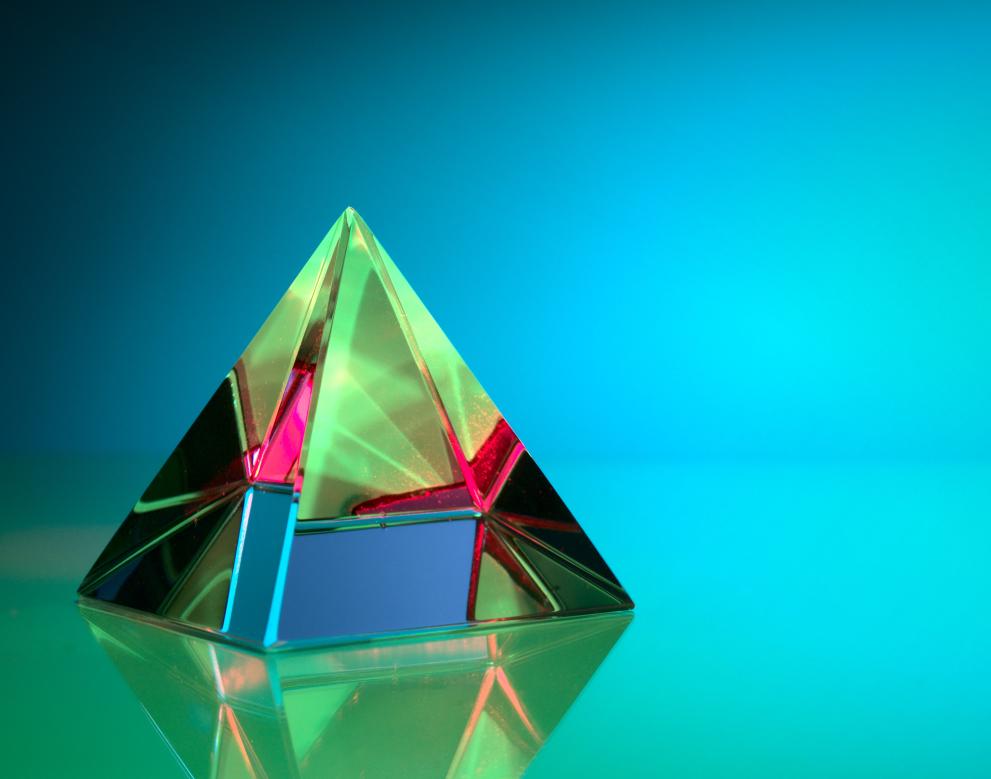
IP expert, CEO at BrandLex
From time to time, a new disrupting technology generates a legal earthquake, and we are exactly in the middle of one…
Only a few months ago, on November 30, 2022, the Chat Generative Pre-Trained Transformer (mostly known as “ChatGPT”) was launched, using Artificial intelligence (“AI”) in a way that we have not seen before. And it literally turned the world upside down.
Legal implications: IP protection of AI?
There are several legal implications that this new technology is generating (i.e. bias and ethical concerns, privacy matters, and gender inequality, among many others), but this article will focus on the tensions that arise with pre-existing right holders of intellectual property assets, specifically with works that are protected by copyright according to the current legislations and the International Treaties (i.e. the Berne Convention).
In our opinion, some of the fundamental questions hereby are the following:
¿The works protected by copyright can only be created by humans? ¿What about the works that have been created by humans with the "assistance" of some Generative Artificial Intelligence (or “AGI”)? ¿Where is the boundary between the works created by humans with the "assistance" of an AGI, and those in which there has been no human intervention or participation?
The answers to these fundamental questions are key to obtaining protection for these works through copyright.
Currently, most of the legislation requires that protectable works must be “an expression of the human intellect”. Accordingly, if there is no participation by a natural person (human) in the creation process, these works should not be protectable under the current Intellectual Property system.
Copyright protection in Latin America
Mexico
According to the Mexican Copyright Law, for example, the author is the physical person who creates an (original) work capable of being disclosed or reproduced by any means or form.
Chile
In Chile, the author is the natural person who creates a literary, artistic, or scientific work. This definition includes writers, artists, musicians, filmmakers, photographers, and designers, among others, who have the exclusive right to exploit their work and to authorize its use by third parties, in whole or in part, in exchange for remuneration, together with the moral rights over his work, which are inalienable.
Brazil
In Brazil, the Copyright Law clearly states that the author of a literary, artistic, or scientific work is the natural person who created it.
Main issues encountered by IP offices in Latin America
The current strict approach in Latin America may have been useful until a year ago. But not within this new scenario, where millions of works of all kinds are being generated every day using AI, either with the "assistance" of some AGI or with no human intervention or participation at all (being solely the random or unpredictable result "generated" by technological means such as an algorithm or AI). These works can be literary (like a book), artistic (like an image, photograph, video, or song), and especially computer programs or software (written in code or computer language), so the current approach is blurred and falling short.
High demand
Unfortunately, most of the Copyright Offices in Latin America do not have enough technological means to cover the high demand for registrations, to review each work beforehand and to analyze whether it has been created by human intellect or by an AGI.
Unclear definition
Additionally, none of the current Latin American copyright legislations include a definition of what we can understand as "assisted creation” using a technology like AGI. As a logical consequence, there is no clear division line between a work that should be protected by copyright and those that should not.
In this sense, ¿can we understand that is enough to send a simple instruction or initial guideline in a text (or "prompt") regardless of its length, to understand that the works generated by AGI generative platforms are protectable through the intellectual property system? ¿Or we must understand that this simple instruction is just not enough since the result obtained by the AGI is not what the author that sent the instruction initially expected?
No copyright protection for AI in the US
In the United States, a recent decision of the U.S. Copyright Office in September of this year rejected again copyright protection for art created using Artificial Intelligence, denying a request by artist Jason M. Allen for copyright covering an award-winning image he created with the generative AI system “Midjourney”. The U.S. Copyright Office stated that the science-fiction-themed image "Theatre D'opera Spatial" was not entitled to copyright protection because it was not the product of human authorship, even if Allen input numerous revisions and text prompts at least 624 times to arrive at the initial version of the image using “Midjourney” and altered it with the software of Adobe Photoshop.
AI, Latin America, and what is yet to come
Regarding Latin America (as occurs in many other Regions) we are in a gray area, without a clear definition on this matter, since the amount of case law regarding these issues is still low or non-existent. Nevertheless, in Chile– for example– the Copyright Office recently rejected an application requesting the registration of a set of photographs titled “39,000”, which were created with the generative Artificial Intelligence “Midjourney”, even if the creation process meant the creation of approximately 250 photographs and iterations were carried out on each of them to obtain the desired result, subsequently carrying out exhaustive curation and finally ending with 9 images that were sent for registration. In this case, the applicant expressly stated that the images or photographs were created using the AI of Midjourney.
What can we expect?
In the short term, the governments or parliaments will have to adapt the current copyright legislation to these new generative technologies and establish the borderline between what is inside or outside protection, including the requirements that must be fulfilled in each case within the creative process. Maybe it is time to create new categories of copyrights that may include these works created using AI.
Additionally, Copyright Offices of Latin American countries might have to set clear User Guidelines including the specific requirements and limitations to the authors or applicants who request a copyright registration of their works, including for example a statement or declaration of the specific parts of the work that have been generated using AGI, and those that are an expression of the human intellect. Some offices like the US Copyright Office have been very proactive in this sense and could serve as a base.
Finally, a foreseeable result of the current “tension” between the copyright holders and the works generated by AGI, is that the number of conflicts and litigation over copyright will increase in the short term, since every day thousands of works created by AGI– without significant human participation, and without any prior control– are being registered and protected by copyright. On the other hand, many of the companies that are creating the AGI platforms for the users are training their models using copyrighted works without the prior consent of the authors, who are not receiving any kind of compensation.
Probably, these cases will have to be solved by the jurisprudence of the Courts of Justice of each of the Latin American countries, who are called to apply the current legislation in each case and territory. This is a huge challenge not only for the specialized Attorneys at Law but also for the Judges who will have to understand how these new technologies work.
For the moment, we will have to wait and see what happens in other jurisdictions.
Contact us
Are you an SME and you have further questions on IP protection and enforcement of your artificial intelligence or any other sector? Don’t hesitate and contact us!
Sources
Details
- Publication date
- 16 October 2023
- Author
- European Innovation Council and SMEs Executive Agency




